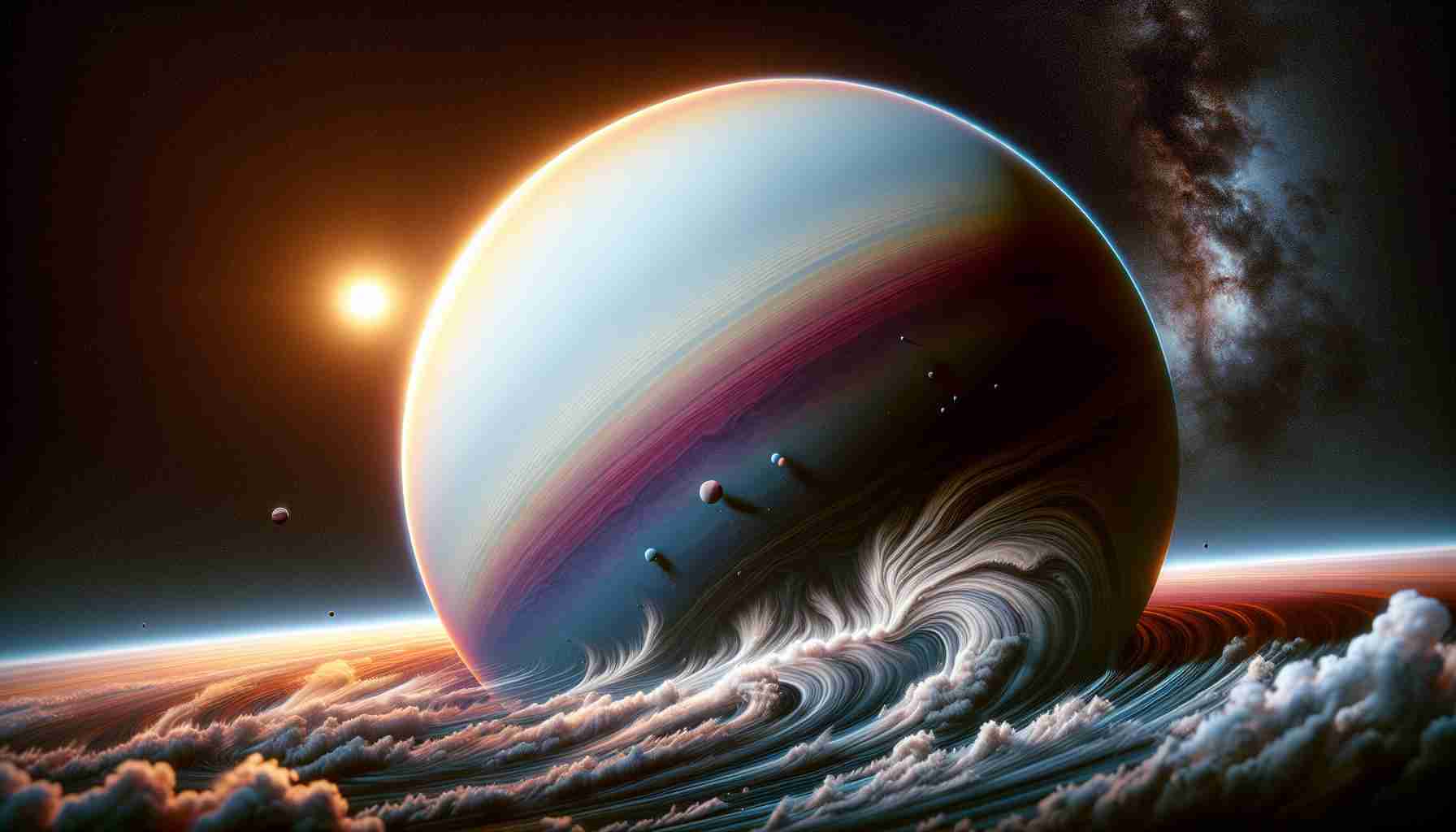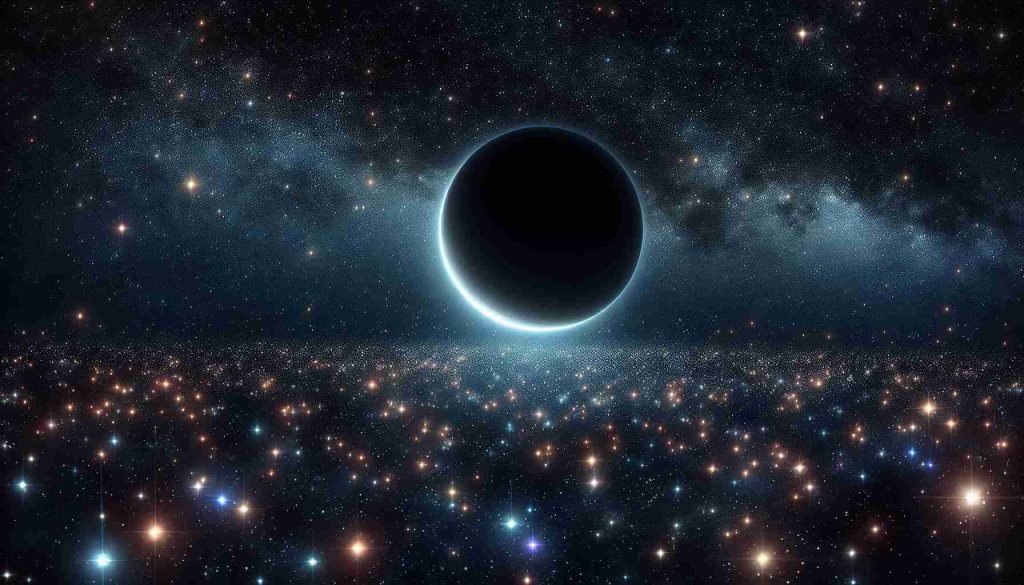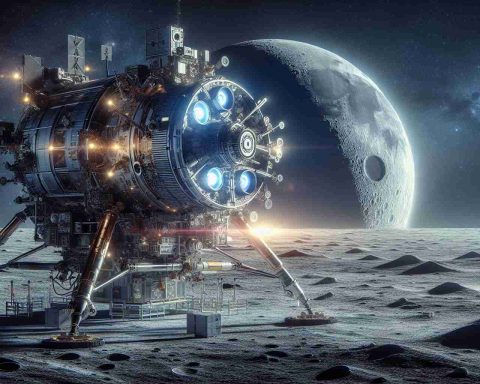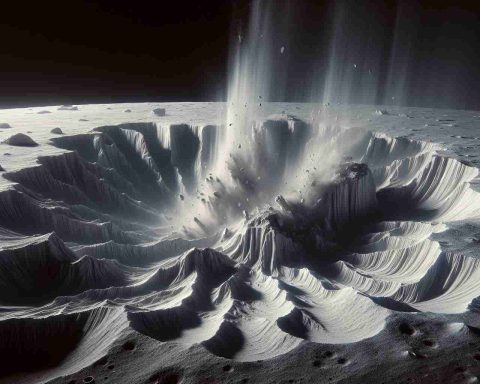New Findings Unveil Uranus’s Magnetosphere Secrets
Recent discoveries shed light on Uranus’s mysterious magnetosphere, challenging prevailing scientific knowledge. Rather than viewing Uranus as an outlier with a perplexing magnetosphere, researchers propose a groundbreaking theory. They suggest that a surge in solar wind pressure altered Uranus’s magnetosphere during NASA’s Voyager 2 flyby in 1986, causing unexpected changes. This unprecedented event led to a compression of Uranus’s magnetic field and a temporary emptying of plasma within the magnetosphere.
The solar wind surge theory provides a plausible explanation for the intense radiation belts observed around Uranus, comparable in intensity to Jupiter’s. By injecting charged particles into the radiation belts, the solar wind pressure could have created these extreme conditions. Additionally, the analysis hints at the potential geological activity of Uranus’s previously presumed inert major moons.
Excitingly, these findings challenge previous misconceptions and promise to revolutionize our understanding of Uranus. Scientists anticipate that this new perspective will unravel enduring mysteries about Uranus’s magnetosphere and celestial phenomena. The research opens up fascinating avenues for further exploration and underscores the dynamic nature of the solar system.
Unraveling Uranus’s Mysteries: A Deeper Dive into Solar Wind Surge Phenomenon
The recent revelations surrounding Uranus’s magnetosphere have triggered a wave of inquiry into the enigmatic behavior of this distant planet. While the solar wind surge theory has provided a compelling explanation for the peculiarities observed during the Voyager 2 flyby, it raises further important questions that merit exploration.
Key Questions:
1. How did the solar wind surge impact Uranus’s magnetosphere dynamics in the long term?
2. What other factors may have contributed to the observed compression of Uranus’s magnetic field beyond solar wind pressure?
3. Is there a correlation between the temporary emptying of plasma in Uranus’s magnetosphere and subsequent changes in its atmospheric conditions?
Answers and Challenges:
– The long-term effects of the solar wind surge on Uranus’s magnetosphere remain a subject of ongoing research, as scientists strive to determine the lasting implications of this transient event on the planet’s magnetic field.
– While the solar wind pressure offers a compelling explanation, other factors such as internal planetary processes or external disturbances could have played a role in shaping Uranus’s magnetosphere dynamics, presenting a complex puzzle for researchers to unravel.
– Understanding the link between the temporary plasma depletion and atmospheric changes on Uranus poses a significant challenge, requiring interdisciplinary collaboration and innovative approaches to data analysis.
Advantages and Disadvantages:
– One advantage of the solar wind surge theory is its ability to shed light on previously unexplained phenomena surrounding Uranus, offering a new perspective that challenges traditional scientific views.
– However, a disadvantage lies in the complexity of interpreting the multifaceted interactions between the solar wind, Uranus’s magnetosphere, and its moons, which may lead to competing theories and interpretations within the scientific community.
In conclusion, while the solar wind surge explanation has brought us closer to understanding Uranus’s mysteries, it also highlights the intricacies and uncertainties inherent in planetary science. By addressing the key questions and embracing the challenges associated with this phenomenon, scientists can continue to unravel the enigmas of Uranus’s magnetosphere and expand our knowledge of the solar system.
For more insights on planetary magnetospheres and space exploration, visit NASA’s official website.
https://youtube.com/watch?v=PijmdZLYb-c














